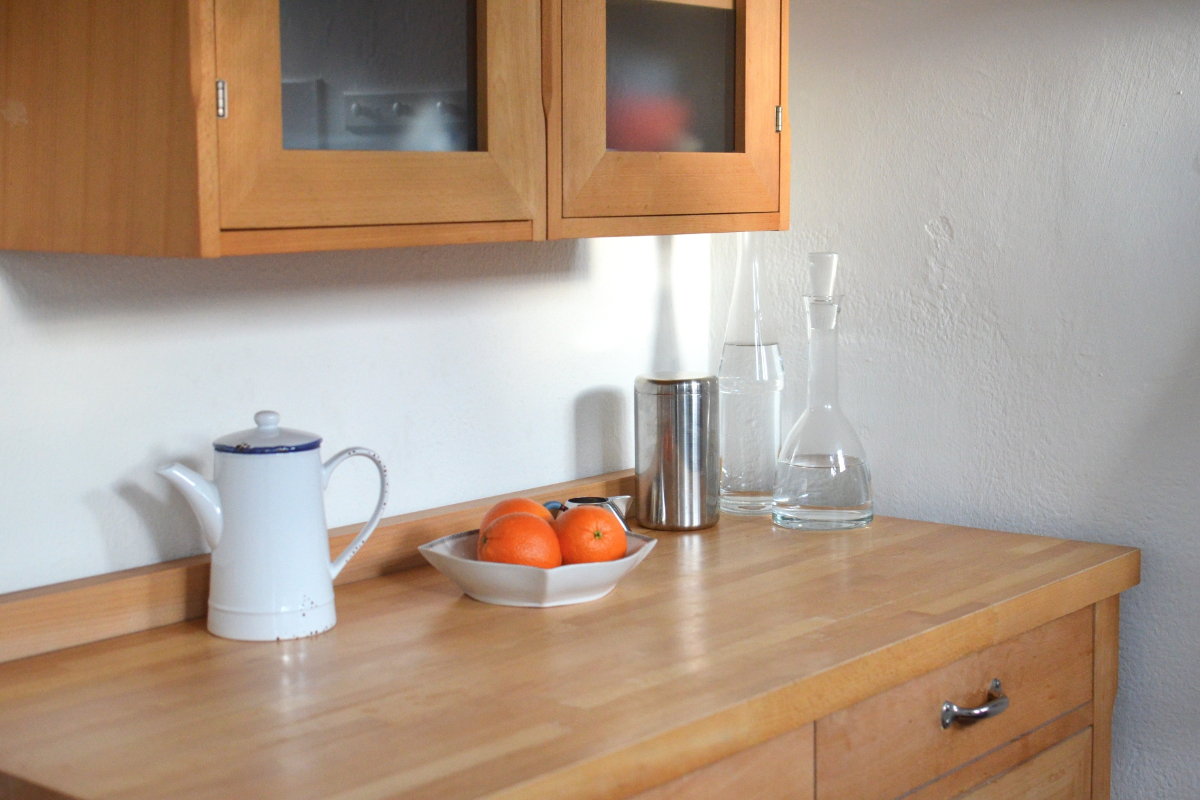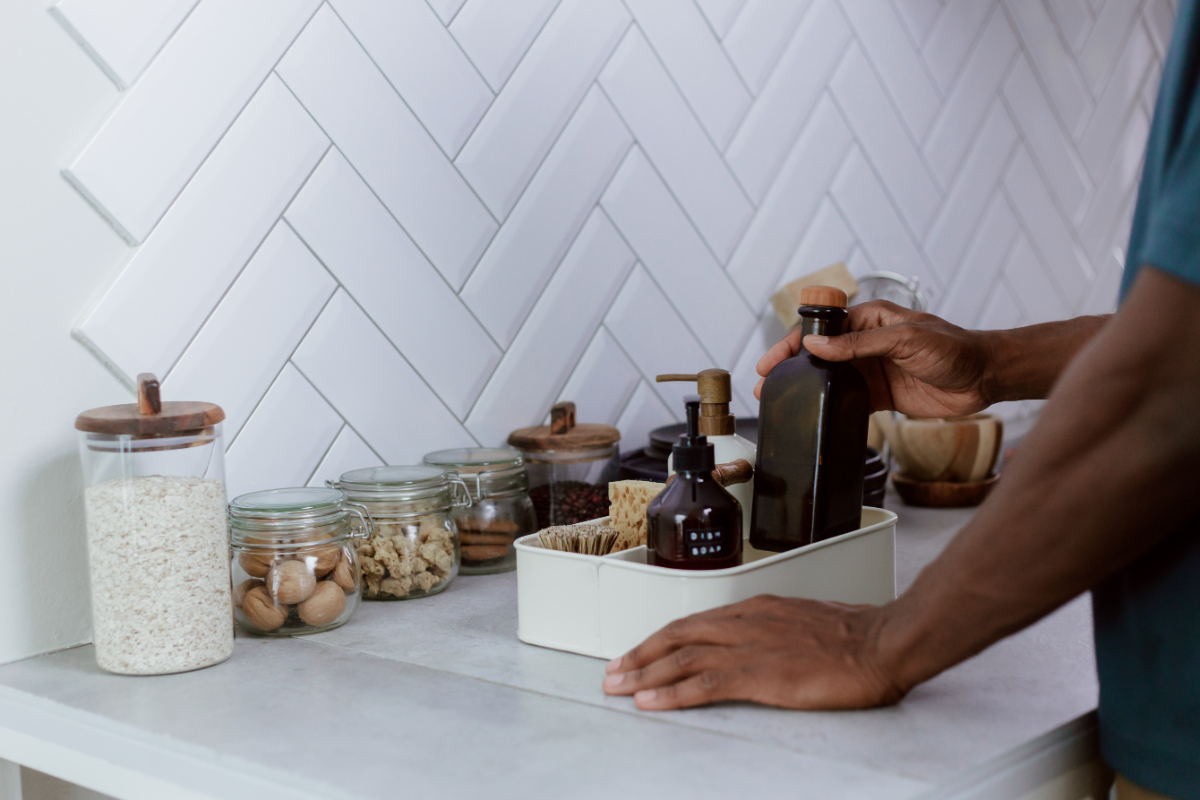Explore the Role of Sentimentality in Clutter Management
There are some affiliate links below, but they are all products I highly recommend. For more info, view my disclosure here.
Do you find it hard to let go of sentimental items? You’re not alone. Sentimentality plays a significant role in our attachment to belongings, making it difficult to part with things that hold emotional value.
In this article, we will explore the psychology behind sentimentality and its impact on our identity. While sentimentality can provide comfort and a sense of connection to the past, it can also hinder our ability to embrace change and growth.
We will discuss strategies for letting go of sentimental items and finding meaningful connections beyond material possessions. By understanding the role of sentimentality in keeping stuff, you can find a balance between holding onto cherished memories and embracing a minimalist lifestyle.
Get ready to embark on a journey of self-discovery and learn how to create a more meaningful life beyond the clutter of sentimental belongings.
Understanding Sentimental Attachment to Possessions
Understanding the sentimental attachment individuals have towards their possessions is crucial in comprehending the role of sentimentality in keeping stuff. When you think about it, sentimental attachment to possessions is a natural human tendency. We often form emotional connections with certain items that hold memories or represent significant moments in our lives. These possessions become more than just objects; they become symbols of our identity, experiences, and relationships.
Whether it’s a childhood toy, a piece of jewelry passed down through generations, or even a ticket stub from a memorable concert, these items hold sentimental value that goes beyond their physical worth. They serve as reminders of cherished memories, loved ones, or personal achievements. Letting go of these possessions can feel like letting go of a part of ourselves.
Moreover, sentimental attachment to possessions can provide a sense of comfort and security. In a constantly changing world, our possessions can serve as anchors, providing stability and a sense of familiarity. They can offer a sense of continuity and connection to the past, bringing a sense of comfort and nostalgia.
Understanding the sentimental attachment individuals have towards their possessions is crucial in comprehending why people hold onto things. It’s not just about hoarding or materialism; it’s about the emotional value these items hold in our lives. So, the next time you question why someone is reluctant to declutter or let go of certain possessions, remember the sentimental significance these items may hold for them.
The Psychology Behind Sentimentality
Imagine how your emotions and memories intertwine, creating a powerful connection to the things you hold dear. The psychology behind sentimentality reveals that this attachment is deeply rooted in our emotional experiences.
When we come across an item that holds personal significance, our brain activates the amygdala, the emotional center, triggering a flood of memories and emotions. This surge of feelings can be both positive and negative, as sentimental items often remind us of both joyous and challenging moments in our lives.
Research suggests that sentimentality is closely linked to our sense of identity and self-worth. Holding onto sentimental possessions can provide a sense of stability and continuity, as they serve as reminders of who we are and where we come from. These objects act as tangible representations of our personal history, helping us maintain a sense of connection to our past selves.
Additionally, sentimental items can provide comfort and solace during times of stress or transition. They act as touchstones, offering a sense of familiarity and security. When we feel overwhelmed or uncertain, surrounding ourselves with sentimental possessions can provide a sense of grounding and reassurance.
Understanding the psychology behind sentimentality can help us appreciate the emotional significance of our possessions. It allows us to recognize the power these items hold over us and make informed decisions about which ones to keep or let go. By acknowledging the role sentimentality plays in our lives, we can cultivate a healthier relationship with our belongings and create space for new experiences and memories.
The Impact of Sentimentality on Our Identity
The emotional connection we have to sentimental items shapes our sense of self and influences how we see ourselves. When we hold onto objects that carry personal significance, we’re essentially holding onto a piece of our identity. These items serve as reminders of who we are and where we come from. They link us to our past experiences, relationships, and memories.
Keeping sentimental items can provide a sense of stability and continuity in our lives. They act as anchors, grounding us in our personal history and providing a sense of comfort and familiarity. These objects can also serve as a source of inspiration and motivation, reminding us of our values, goals, and aspirations.
In addition, sentimental items can help us maintain a connection to loved ones who aren’t with us anymore. These objects become tangible representations of the people and relationships that have shaped us. They allow us to feel close to them, even in their absence.
However, it’s important to strike a balance between sentimentality and clutter. While sentimental items can have a positive impact on our identity, holding onto too many possessions can become overwhelming and burdensome. It’s important to regularly evaluate and curate our sentimental collections, keeping only the items that truly bring us joy and contribute to our sense of self.
Balancing Sentimentality and Minimalism
Striking a balance between sentimental attachment and minimalism can be a transformative journey of self-discovery and intentional living. It requires a conscious effort to navigate the emotional ties we have to our belongings while also embracing the simplicity and freedom that comes with a minimalist lifestyle.
One way to achieve this balance is by curating a collection of sentimental items that truly bring joy and meaning to your life. Rather than holding onto every single memento from your past, carefully choose the ones that hold the most significance. This allows you to cherish these items without overwhelming your space or cluttering your mind.
Another approach is to find alternative ways to preserve memories without physically holding onto every object. Take photographs or create digital albums to capture the essence of meaningful moments. By doing so, you can let go of the physical item while still preserving the sentiment behind it.
It’s important to remember that sentimental attachment doesn’t mean you have to keep everything. Learning to let go of items that no longer serve a purpose or bring you joy is a powerful practice in minimalism. By decluttering and simplifying your space, you create room for new experiences and opportunities to enter your life.
Finding a balance between sentimentality and minimalism is a personal journey that requires self-reflection and intentional decision-making. It’s about honoring your past while also embracing the present and future. By doing so, you can create a home and a life that is filled with intention, purpose, and the things that truly matter to you.
Strategies for Letting Go of Sentimental Items
One effective strategy for releasing sentimental items is to gradually declutter and create space for new experiences and opportunities to enter your life. Start by setting aside a specific time each week to tackle a small area of your home. Begin with less emotionally-charged items, like clothes or kitchen utensils, and work your way up to more sentimental items.
As you go through each item, ask yourself if it truly brings you joy or adds value to your life. If the answer is no, it may be time to let it go.
Another strategy is to take photographs or create digital copies of sentimental items before getting rid of them. This way, you can still hold onto the memories associated with these items without physically keeping them. You can also consider passing on sentimental items to loved ones who may appreciate them more than you do. It can be comforting to know that these items are being cherished by someone else.
Lastly, remember that sentimentality doesn’t solely reside in physical objects. Memories and experiences hold much more value. Focus on creating new memories and experiences that will bring you joy and fulfillment. By letting go of sentimental items, you’re making room for new and meaningful experiences to enter your life.
Creating Meaningful Connections Beyond Material Possessions
Embrace the beauty of meaningful connections that extend far beyond material possessions, allowing yourself to fully immerse in the joy and fulfillment they bring.
In a world that often emphasizes the importance of accumulating and keeping stuff, it’s easy to forget the true value lies in the relationships we cultivate and the experiences we share.
When you shift your focus from material possessions to creating meaningful connections, you open yourself up to a world of possibilities. Instead of clinging onto sentimental items, you can invest your time and energy in building relationships with loved ones, engaging in activities that bring you closer together, and creating memories that will last a lifetime.
By prioritizing connections over possessions, you will find that your life becomes richer and more fulfilling. The joy and happiness that come from shared experiences and deep connections cannot be replicated by any material item.
Whether it’s spending quality time with family and friends, volunteering in your community, or pursuing your passions alongside like-minded individuals, these connections bring a sense of purpose and belonging that cannot be replaced.
So, let go of the attachment to material possessions and embrace the power of meaningful connections. Surround yourself with people who uplift and inspire you, engage in activities that bring you joy, and create memories that will stand the test of time.
In doing so, you will discover a newfound sense of fulfillment and contentment that surpasses anything material possessions could ever provide.
Embracing Change and Growth Through Letting Go
By embracing change and letting go, you can open yourself up to incredible growth and new opportunities. It’s natural to feel sentimental about certain belongings, especially if they hold memories or sentimental value. However, clinging onto these possessions can hinder your personal growth and prevent you from moving forward.
Change is inevitable, and by embracing it, you allow yourself to evolve and adapt to new situations. Letting go of material possessions that no longer serve a purpose in your life can be liberating. It creates space for new experiences, relationships, and opportunities to come into your life.
When you hold onto things out of sentimentality, you risk becoming stagnant and stuck in the past. By releasing these attachments, you free yourself from the burden of the past and open yourself up to new possibilities. Letting go doesn’t mean forgetting or devaluing your past experiences. It simply means acknowledging that you have grown and that it’s time to move forward.
Embracing change and letting go can also help you discover new passions and interests. When you release the old, you make room for the new. You may find that you have a newfound love for something you never considered before. By letting go of the familiar, you allow yourself to explore uncharted territories and discover hidden talents or desires.
By embracing change and letting go of sentimental attachments, you can experience incredible personal growth and open yourself up to a world of new opportunities. Don’t be afraid to release the past and embrace the unknown. The possibilities are endless.





